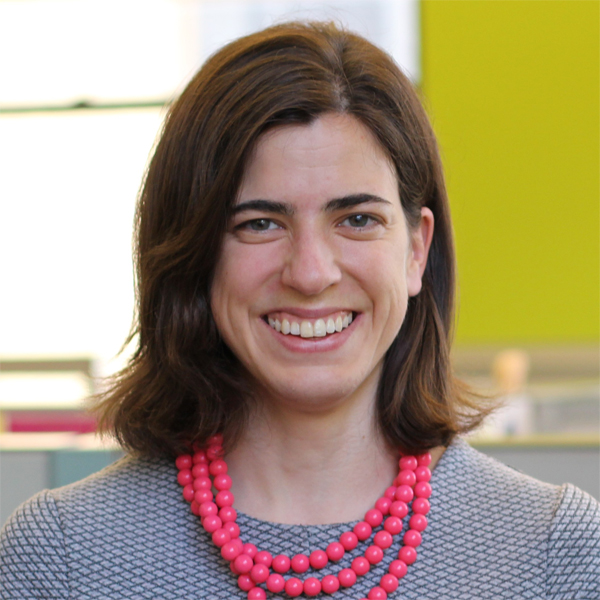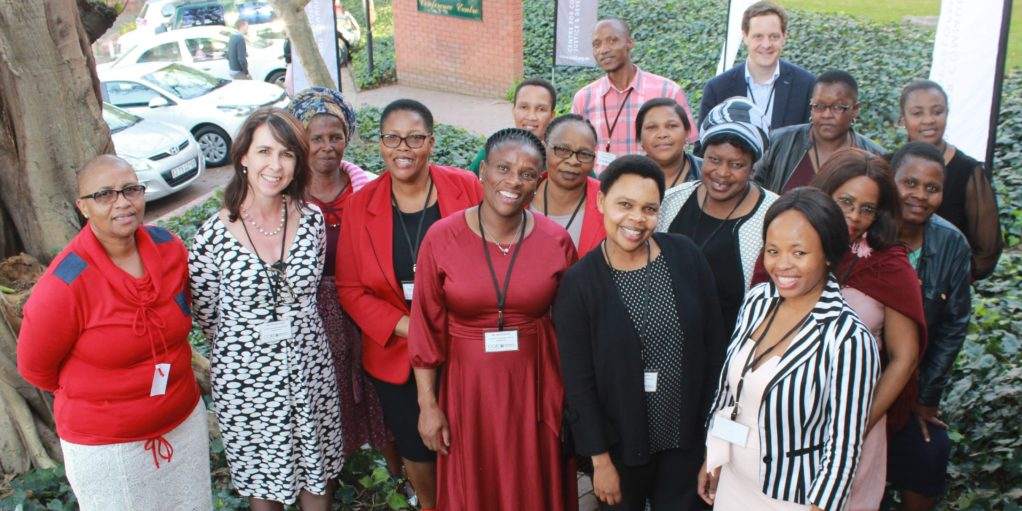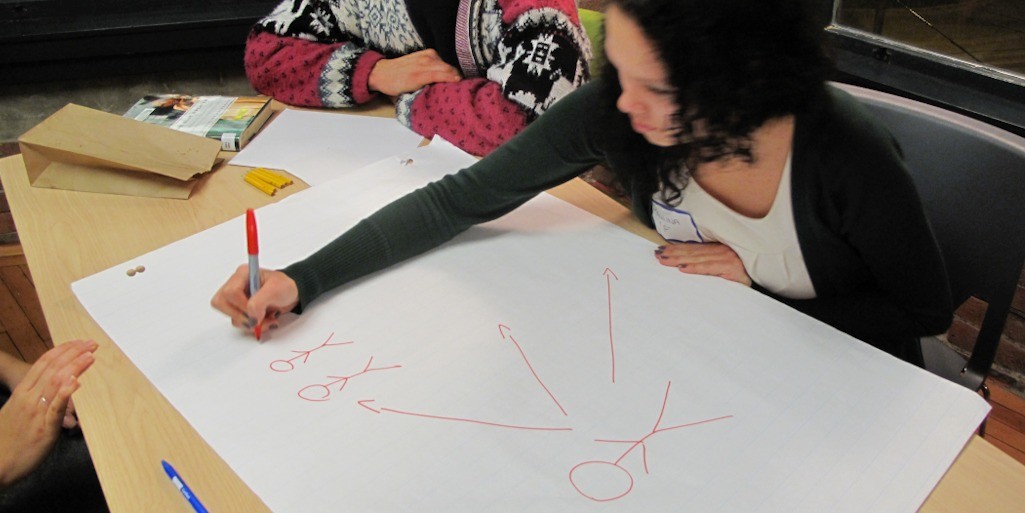Build Your Business
Business Model Advice for Nonprofits Building Technology Products and Services
Learn about the most promising business models amongst nonprofits leveraging data and technology in this expert interview with Shannon Farley of Fast Forward, an accelerator for tech nonprofits.
May 10, 2019
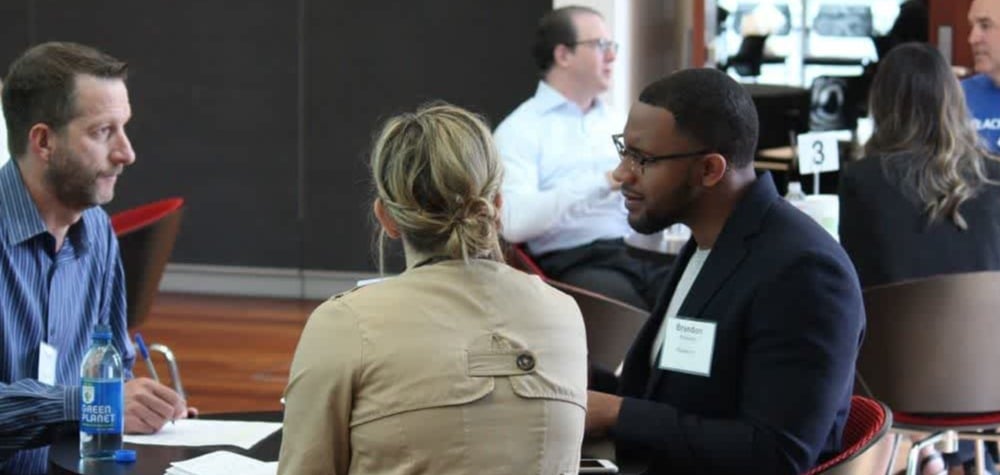
Amy Ahearn, a former Associate Director at Acumen Academy, connected with Shannon Farley of Fast Forward to learn about some of the most promising business models she is seeing amongst the nonprofits leveraging data and technology. We also asked Shannon about the advice she’d have for other nonprofits building out their own tech products or services.
Shannon Farley is a co-founder and Executive Director of Fast Forward, an accelerator for tech nonprofits.
AMY: You’ve worked with many nonprofits at Fast Forward. What are some of the biggest challenges you’ve seen them grappling when it comes to using data and technology ethically?
SHANNON: The teams we work with have largely chosen to be a nonprofit because they wanted to pursue the most ethical applications of their technology. They wanted to control who they sold their content and data to and how data was used externally. That’s harder in for-profits. So, compared to the field at large, they’re ahead on some of these issues. They do struggle with ethics and technology, but it is more in terms of the how and not the why.
AMY: Conversations around data, technology, privacy and security are evolving really quickly and you’ve been working with nonprofits for many years. Have you seen any of the questions they’re grappling with change overtime? Is there anything they’re wrestling with now that is new?
SHANNON: One of the competitive advantages of tech nonprofits is that they are able to use off-the-shelf technology and piece it together for a new use case. This means tech nonprofits get tech at-cost or no-cost and then the tech nonprofits are able to address a market that is often untouched by for-profit solutions. In our current moment when the world is reeling from these questions about data and privacy, this has become a tricky equation. We’re seeing nonprofits that built their products or services on top of particular platforms begin to reexamine those relationships. It’s not all negative.
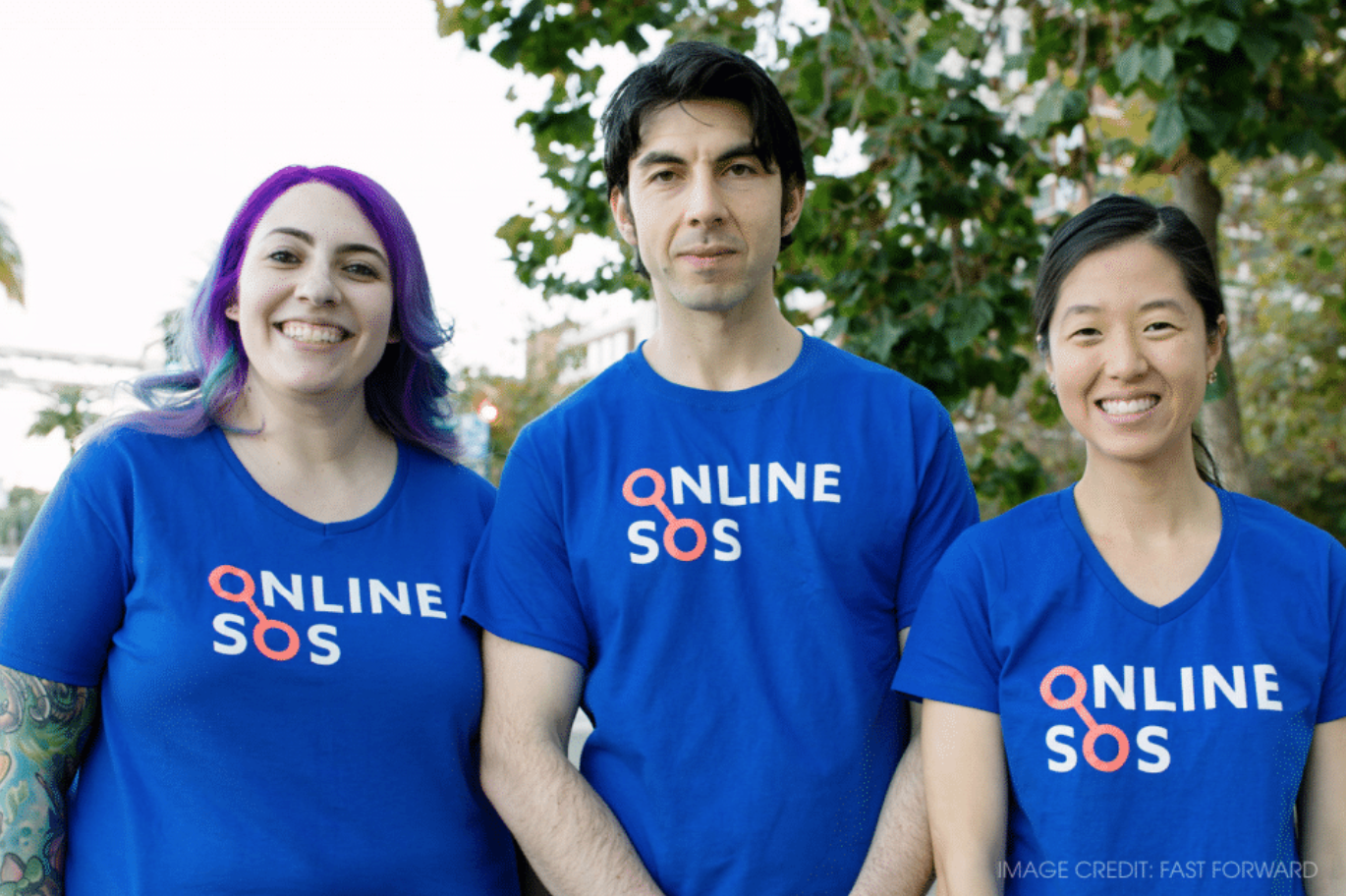
We have an organization in our network called OnlineSOS and what they do is empower people who have experienced online harassment with the legal empowerment tools you’d need to address it. They have now directed their tool at journalists who get a disproportionate amount of online harassment and doxing. Because of all the current climate, they have been well-positioned to increase the number of people they were able to impact. They wish this bad behavior wasn’t happening, but having a deep understanding of privacy and security, they’ve been able to serve more people.
AMY: What are the ethical frameworks you see nonprofits turning to as they try to navigate questions around how to use data and technology for social good?
SHANNON: The rules haven’t been written yet. That’s one of the challenges. Nonprofit tech founders really only have their peers to rely on because it’s changing constantly. One of the better ethical frameworks is Mozilla’s new manifesto. We hear about people using it all the time. But it’s not a step by step guide. It’s just guiding principles.
For example, we have a number of ed tech organizations working with people under the age of 13 and there are very different rules for those kids. So nonprofits find each other and come up with best practices together.
AMY: What are some of the most promising business models you’ve seen among the nonprofits you’ve worked with?
SHANNON: Software lends itself to earned revenue models.
Most of our organizations sell to governments, school districts, or other organizations. Some have become the tech arm of long-established nonprofits. We’ve had one acquisition where a tech nonprofit was acquired by a well-established nonprofit that was looking at how they would apply new data on environmental issues to the work they were doing as a policy organization.
One of our most well-known examples of a successful revenue model is Medic Mobile, an organization that provides communication technology for community health workers. They partnered with the organization Living Goods. By combining traditional medical equipment sales with a digital overlay, Medic Mobile has been able to double their impact in a year. It helps Living Goods too because they have a better sense of how the patients are doing once their products are deployed. It helps them have better analytics in the field.
AMY: We also often see nonprofits struggle to figure out where to put paywalls or determine what parts of their product should kept free. How have you seen organizations grapple with this?
SHANNON: Consider CommonLit. They’re a reading program and they are free for teachers. However, they also have a dashboard with aggregated analytics that school districts can pay to access.
AMY: How do you typically advise that nonprofits start to think about building an earned income model that leverages data and tech?
SHANNON: We basically tell them that you have to fake it until you have product-market fit. Ever funder will want to hear that you have a sustained revenue model. But until you know who your customer is, it won’t make any sense to build out a revenue model. We talk about tech nonprofits a lot like media companies. If you can get enough people to use your thing, you’ll get people who are interested in those people to pay for the product.
It’s frustrating being in Silicon Valley because we see nonprofits pressured to have revenue models long before they have product-market fit, which is something you wouldn’t do with for-profit companies. But, sadly, philanthropy is very risk-averse and they distrust nonprofit founders. So we help teams think about how to describe their earned revenue experiments and tell a story about how, for example, this year 2% of our revenue is going to be earned revenue, but if we hit those milestones it could grow to 50% or 100% of our model a few years.
It’s ok to tell people that you’re trying to figure it out and to push back when people talk about revenue models. Describe what you can prove now and where you’re trying to get.

AMY: Are there any nonprofits that yout hink are handling the ethics of data and technology particularly thoughtfully that others can learn from?
SHANNON: I really love Democracy Earth which is blockchain technology for voting. It came out of developers from Latin America who have experienced disenfranchisement as voters so they had real interest in maintaining the integrity of individual voter data and ensuring its security so that people are not retaliated against. In many usecases, a database would be fine. But voting is a use case where there needs to be utmost attention to privacy because without it people get hurt from disenfranchisement or targeted violence.
AMY: What advice would you have for other establishing nonprofits looking to build business models that leverage data and tech?
SHANNON: If they’re an established nonprofit, they should seriously be considering acquiring tech nonprofits. We don’t have a great acquisition model in the nonprofit space and that does a huge disservice to the sector. Great technology does not come from old teams. If Google is interested in a product, they acquire acompany that does it because it’s really hard to innovate within existing structures. So if you were the Red Cross, rather than launching a lab or an accelerator with all your own internal people and coming up with some ideas that never find great product-market fit, I would recommend that rather than build it, go buy it.
Secondly, I would say that you don’t know what you don’t know. So before you builda new tech product, the first step should be to build out a tech advisory council. Get someone who is a product manager, a UXdesigner, a backend engineer and maybe one or two business development people in a room and ask them what product they would use to do this thing. You need different types of tech people in the room.
We have lots of groups that will rollout a Facebook messenger app immediately to go get users. In that case, you can’t control how Facebook uses that data. And honestly that’s not a reason not to do it. It is a reason to articulate to your users how your platform will use their data.
Legal Notice and Disclaimer:
This Case Study or Interview Product, commissioned by the Open Society Foundations, is the product of a collaboration between Open Society Foundations and Acumen Fund. The content of this Case Study or Interview Product does not necessarily reflect the official opinion of the Open Society Foundations. Responsibility for the information and views expressed in the Case Study or Interview Product lies entirely with Acumen Fund.
The Open Society Foundations and Acumen Fund request due acknowledgement and quotes from this publication to be referenced as: “Expert Interview: Shannon Farley, Fast Forward” Open Society Foundations and Acumen Fund April 2019.
This work is licensed under the Creative Commons Attribution-NonCommercial-No Derivs 4.0 International License. To view a copy of this license, visit: https://creativecommons.org/licenses/by-nc-nd/4.0/ This Case Study or Interview product, and other materials associated with it are available at: plusacumen.org
